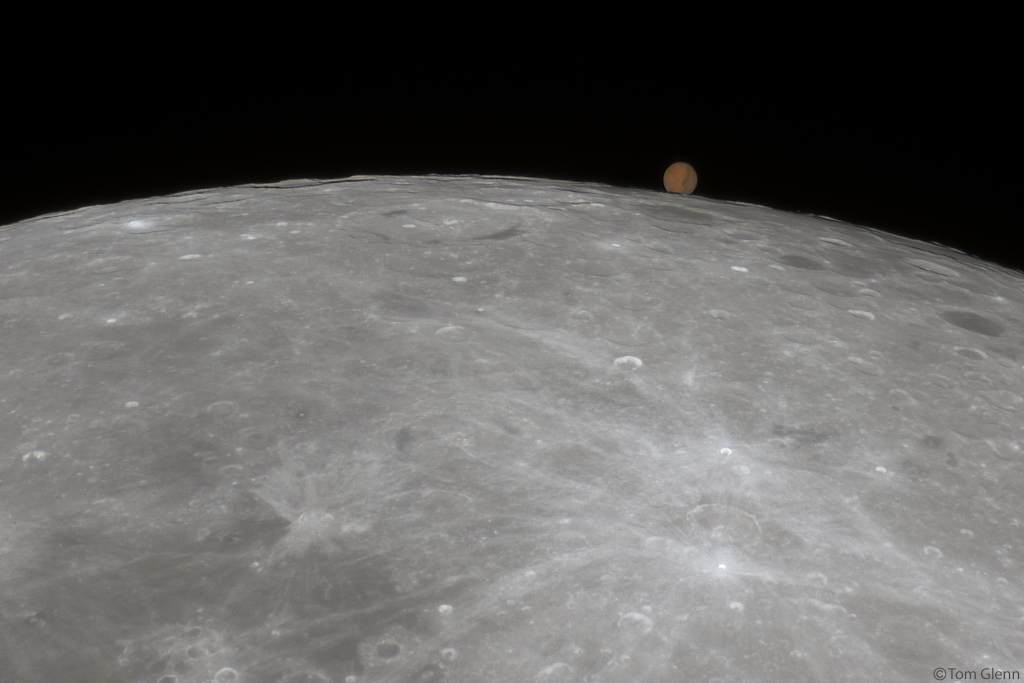Ann wrote: ↑Fri Dec 09, 2022 6:20 am
That is such an attractive image........
What I find mystifying is the fact that Mars looks darker than the Moon. It appears to reflect light less efficiently than the Earth's Moon.
Ann, thanks for your nice comment about the image. I share your fascination about the perceived difference in brightness between the two objects. As Chris points out above, there are many difficulties inherent to interpreting photometric information from images. However, I processed this image in such a way that some general interpretations can be made, including your observation of relative brightness. The image was processed using only "global" operations, which is to say that every operation was applied equally across the frame and there were no selective enhancements (eg brightening of certain features). This is important because many astro images we see published
do contain such selective enhancements, and although the result is often aesthetically pleasing, it is then impossible to interpret relationships in the data.
Of note,
geometric albedo compares the brightness of an object to an idealized
Lambertian reflector, and both the Moon and Mars are
non-Lambertian. Furthermore, the brightness of the Moon has a significant dependence on phase (due to an
opposition surge), with the Full Moon at 100% illumination appearing much brighter than a gibbous Moon even just slightly below 100% illumination. Interestingly, the occultation of Mars occurred while the Moon was 99.9% illuminated and therefore experiencing a peak in brightness. Mars was also approaching opposition, and consequently exhibiting an opposition effect of its own, so the interplay here is difficult to predict. I have seen images from previous Mars lunar occultations in which Mars does not appear as dark, but this interpretation is complicated by the fact that we don't usually know many details about how the images were processed. However, it would certainly be possible for Mars to appear brighter than the lunar surface depending on the phase.
daddyo wrote: ↑Fri Dec 09, 2022 6:41 am
The visual comparison between red and gray brightness might make it more confusing too, maybe its worth converting the image to monochrome.
This is an excellent idea, although it is surprisingly more complicated than one may originally assume. The RGB values for each pixel must be converted to a grayscale value, and there are many ways to do this, each producing a different result. One of the common "default" settings is to use a weighting of R=21%, G=72%, and B=7%, to reflect the sensitivity of the human eye to perceived brightness that varies with wavelength. Shown below are three panels. The left is the color panel, using the raw data having only applied a color balance and gamma transformation (to make it look "normal" on most screens). The middle panel applies the "default" grayscale transformation described above, whereas the right panel applies a grayscale transformation in which only the red channel data is used to assign grayscale value. This approximates how the scene would look if using a red filter and a monochrome camera. In this case, Mars appears brighter than in the middle panel, because of the strong contribution from the red channel. In both cases Mars appears less bright than the average surface of the Full Moon, although the effect differs depending on the grayscale transformation used.

 Mars Rises above the Lunar Limb
Mars Rises above the Lunar Limb